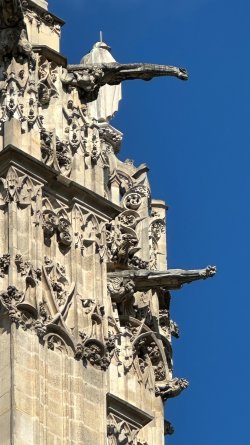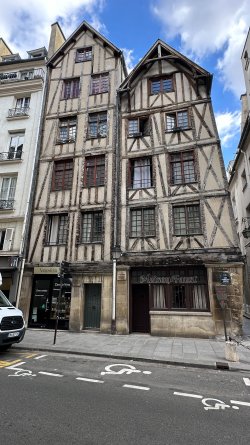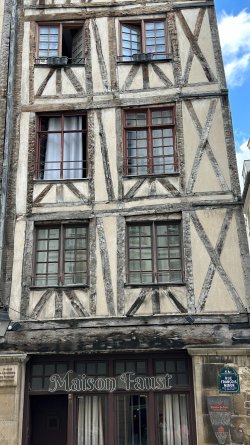- Joined
- Sep 20, 2018
- Posts
- 4,530
- Qantas
- Platinum
Ooh that's my ship for our upcoming cruise in September.Norwegian Star,
Ooh that's my ship for our upcoming cruise in September.Norwegian Star,
Ah there you are @RooFlyer - I've been missing my geology education!
St. Paul's catacombs are part of a large cemetery once located outside the walls of the ancient Roman city of Melite, now covered by the smaller Mdina and Rabat. It also comprises the catacombs of Saint Agatha, San Katald, St. Augustine, and many others.
The cemetery probably originated in the Phoenician-Punic period. As in Roman tradition, Phoenician and Punic burials were located outside city walls. The many tombs discovered in areas outside the known line of the Roman city suggest that the city of Melite was close to equal size.
The early tombs consisted of a deep rectangular shaft[clarification needed] with one or two chambers dug from its sides. This type of burial was used well into the Roman occupation of the islands, but the chambers grew larger and more regular in shape over time. It is probable that this enlargement joined neighboring tombs and led to the creation of small catacombs, which became the norm by the fourth century CE.
The catacombs were in use until the seventh, possibly eighth century. Some of the catacombs were used again during the re-Christianization of the Island around the 13th century.
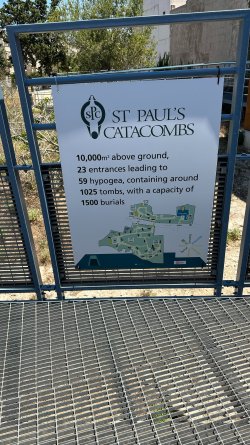
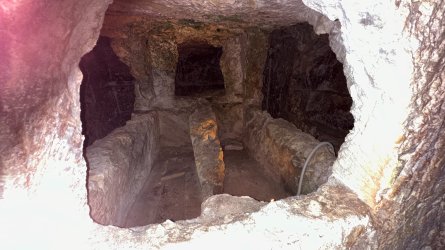
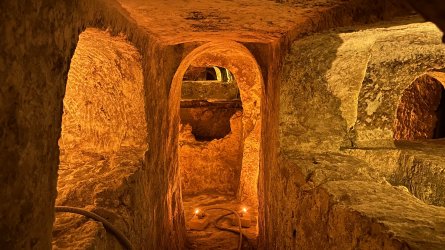
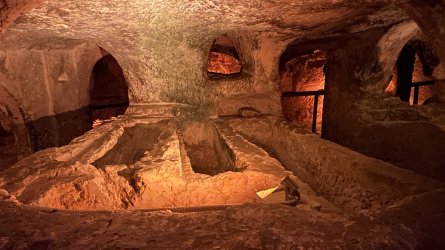
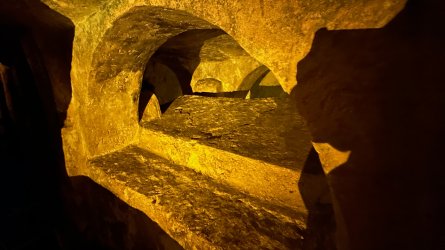
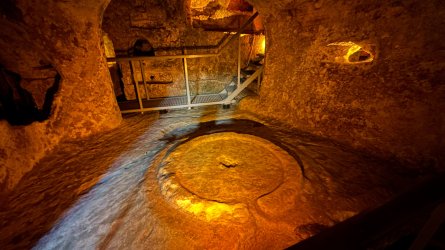
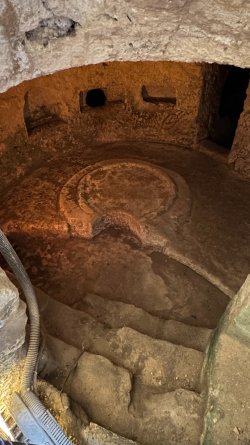
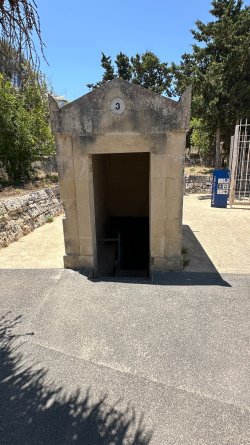
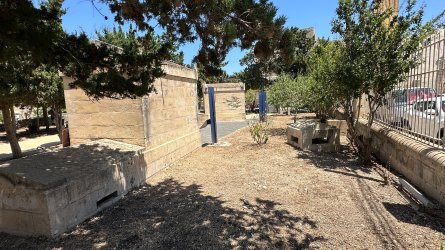
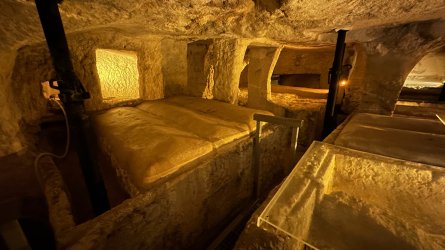
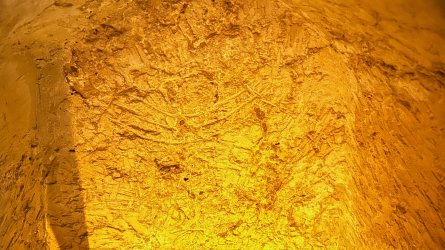
Mdina is a fortified city in the Western Region of Malta which served as the island's former capital, from antiquity to the medieval period. The city is still confined within its walls, and has a population of 250.
A natural redoubt, the area of the city has been inhabited since prehistory. A Phoenician colony known as Ann was established around the 8th century BC, sharing its name with the island and presumably acting as its capital. During the Punic Wars, the town was acquired by the Romans and renamed Melita after the Greek and Latin name for the island, probably taken from the Punic port at Cospicua on the Grand Harbour. Greco-Roman Melite was larger than present-day Mdina. It was reduced to its present size during the period of Byzantine or Arab rule. Following a 9th-century massacre, the area was largely uninhabited until its refounding in the 11th century as Madīnah, from which the town's current name derives. Mdina then continued to serve as the capital of Malta until the arrival of the Order of St. John in 1530, who used Birgu instead. Mdina experienced a period of decline over the following centuries, although it saw a revival in the early 18th century during which several Baroque buildings were erected.
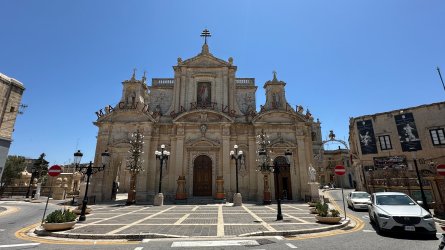
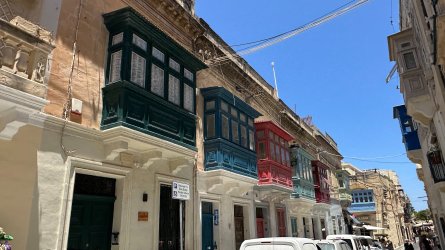
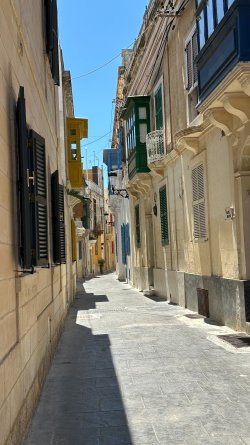
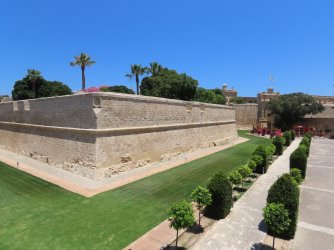
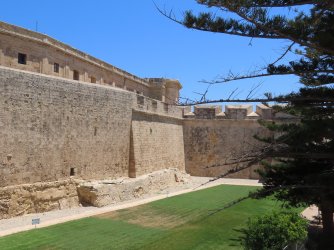
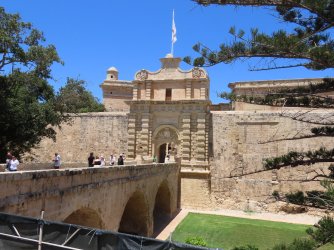
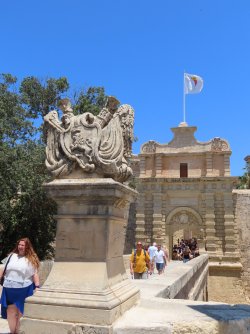
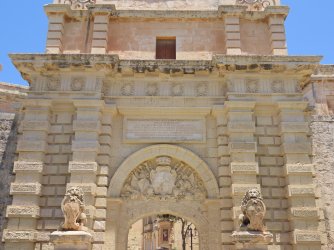
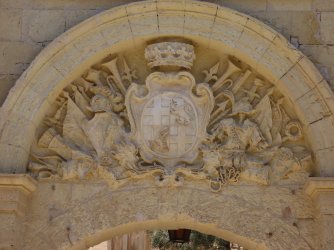
Those catacombs are so cool! I gave a talk on religious relics recently and researched catacombs as part of the talk. I have a new found appreciation for them and am dying (no pun intended) to visit some on my next European trip.
Actually, not interested in seeing them becuase they aren't original (in as much as the remains in them were relocated not interred there.)If you are planning to visit the Paris catacombs, watch the booking page very carefully. They open up time-slot tickets a week ahead and they go very quickly. I tried to get a ticket 7 days out, maybe 7 hours after sales opened and all gone!!
The first cathedral which stood on the site is said to have been dedicated to the Blessed Virgin Mary, but it fell into disrepair during the Arab period[3] (the churches in Melite [Malta] were looted after the Aghlabid invasion in 870). In Arab times, as revealed by excavations, the site was used as a mosque.
Following the Norman invasion in 1091, Christianity was re-established as the dominant religion in the Maltese islands. A cathedral dedicated to St. Paul was built in the 12th and 13th centuries. The cathedral was built in the Gothic and Romanesque styles, and it was enlarged and modified a number of times.
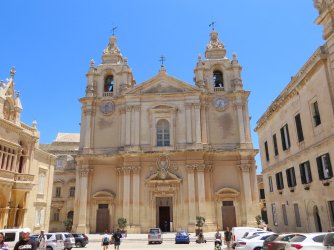


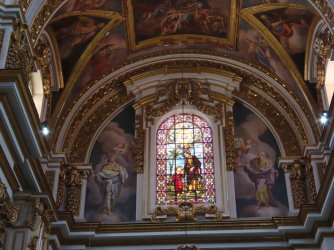


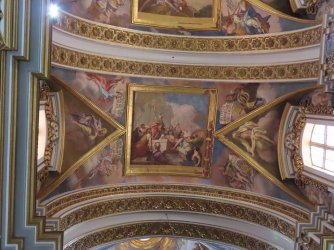
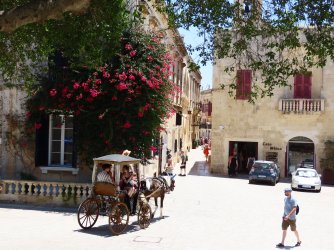
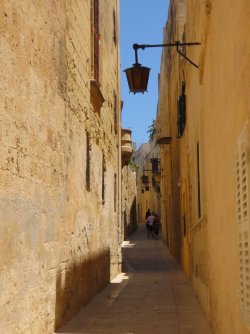
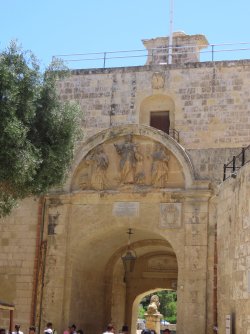
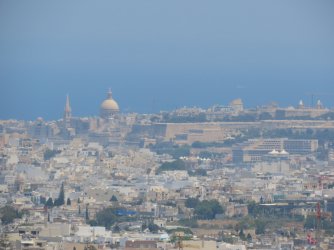
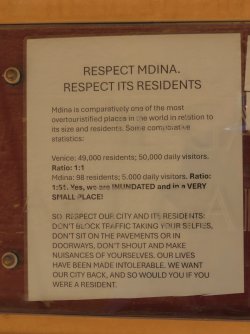
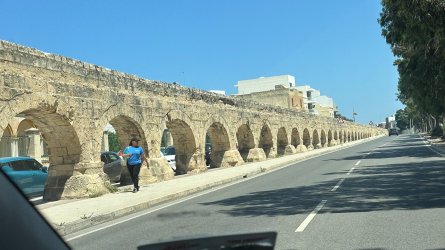


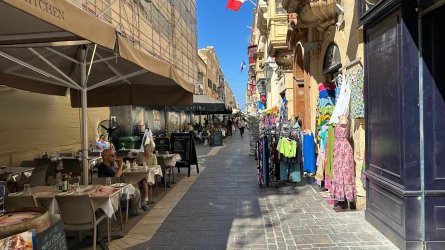
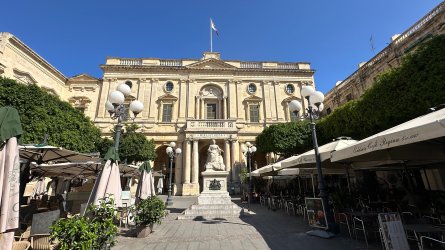



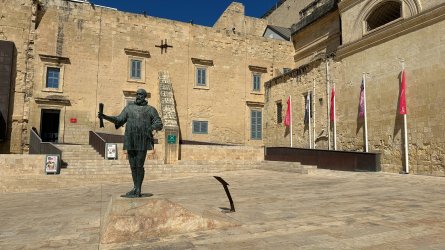
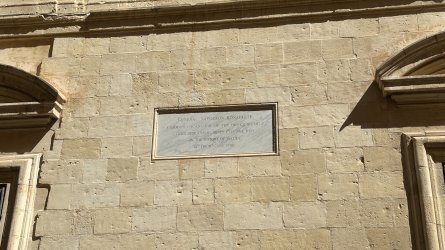
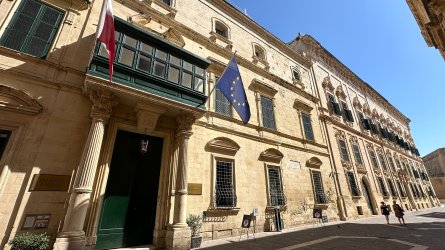
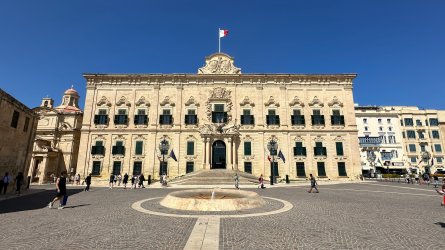
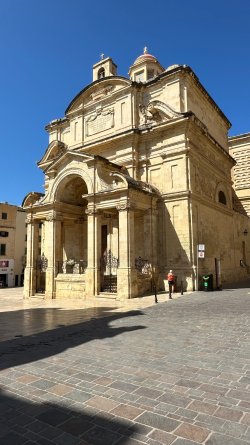
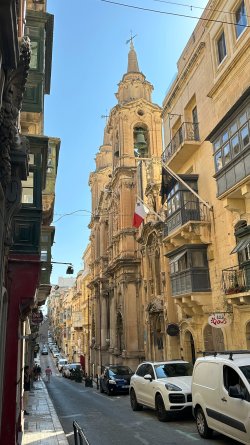
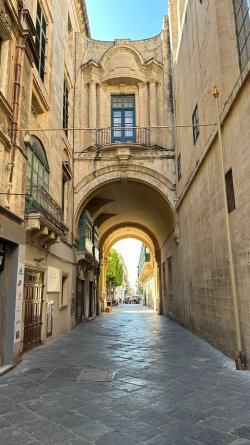
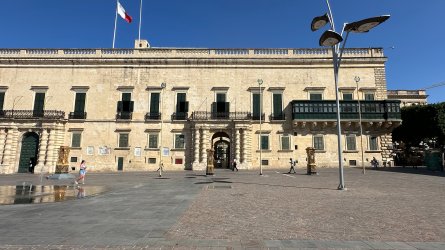
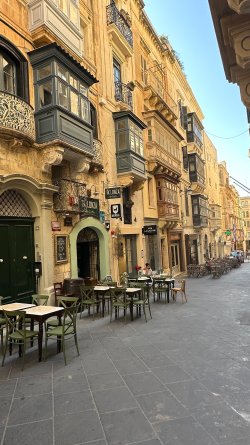
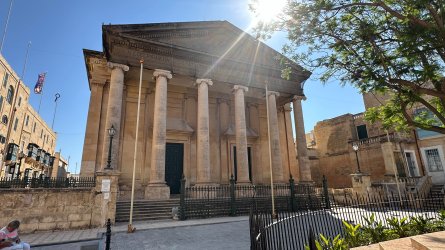
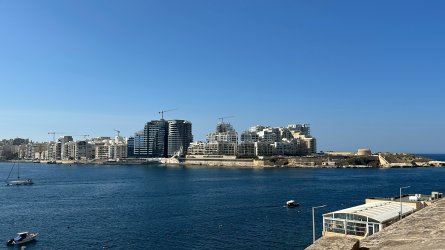
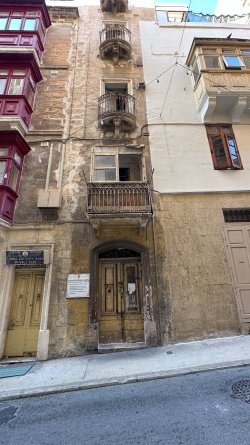



AFF Supporters can remove this and all advertisements
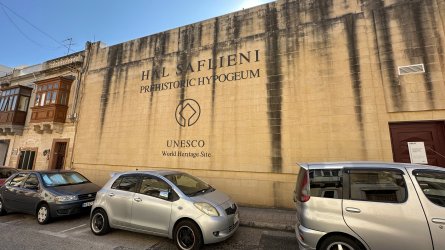
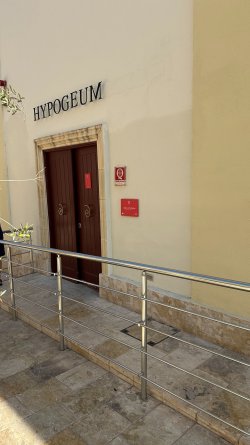
The Hypogeum of Ħal Saflieni is a Neolithic subterranean structure dating to the Saflieni phase (3300 – 3000 BC) in Maltese prehistory. The Hypogeum is thought to have been a sanctuary and necropolis, with the estimated remains of more than 7,000 people documented by archeologists, and is among the best preserved examples of the Maltese temple building culture that also produced the Megalithic Temples and Xagħra Stone Circle.

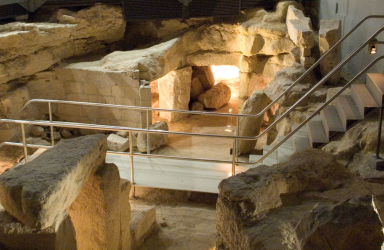
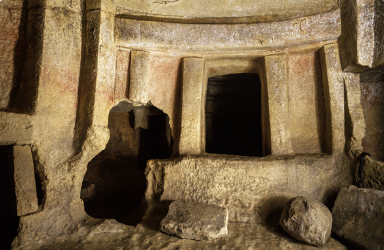
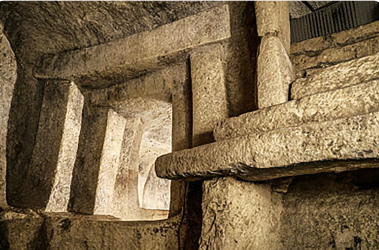
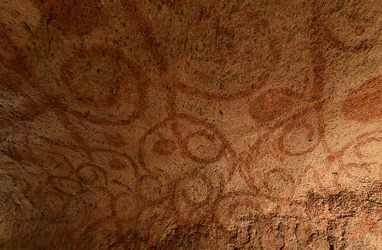
A broad range of objects were recovered from the site, including intricately decorated pottery vessels, stone and clay beads, shell buttons, amulets, axe-heads, and carved figures depicting humans and animals. The most notable discovery was the Sleeping Lady, a clay figure thought to represent a mother goddess. The figures range from abstract to realistic in style, with major themes thought to be related to veneration of the dead and spiritual transformation. Complex artistic techniques are also represented, as in the case of a single large pottery bowl which utilized both naturalistic and stylized themes, with one side realistically depicting bovines, pigs and goats, and the other side representing hatched animals hidden within complex geometric patterns.
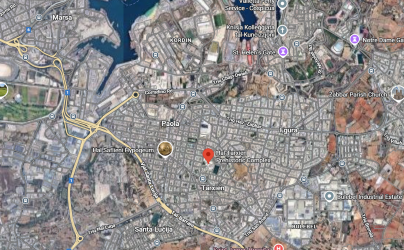

The lower part of a colossal statue of a figure wearing a pleated skirt stands sentinel to the dawn of civilization in the highly decorated South Temple within the Tarxien Neolithic Complex site. Discovered in 1913 by farmer Lorenzo Despott, the site consists of a complex of four megalithic structures built in the late Neolithic and then readapted for use during the Early Bronze Age. Only the lower part of the walls survives in the easternmost structure, the oldest part of the complex. However, it is still possible to see its concave façade and five chambers. The extensive archaeological excavations undertaken between 1915 and 1919 were led by Sir Themistocles Zammit, Director of Museums at the time.
The South structure is rich in prehistoric art, including bas-relief sculpture depicting spirals and animals. The domesticated animals depicted include goats, bulls, pigs, and a ram. The large number of animal bones discovered in this complex, most of which were found in specific areas, indicates the importance these animals played at the time. The eastern building follows the traditional design of these megalithic structures, with a central corridor flanked by a semi-circular chamber on each site. Evidence of arched roofing in the unique six-apsed Central Structure, the last of the four to be built, helps visitors imagine how these temples might have looked when covered.
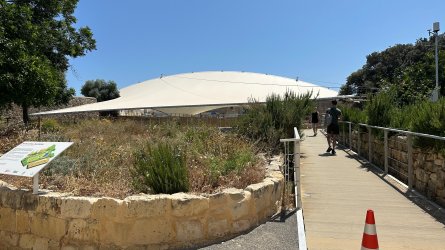
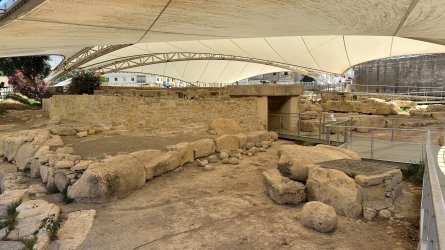
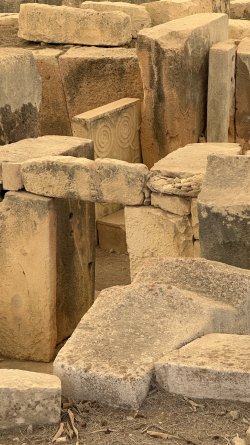
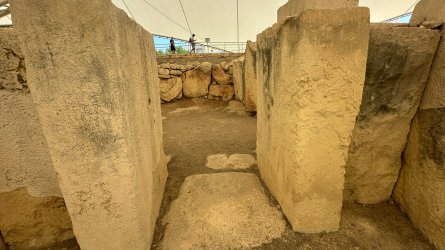
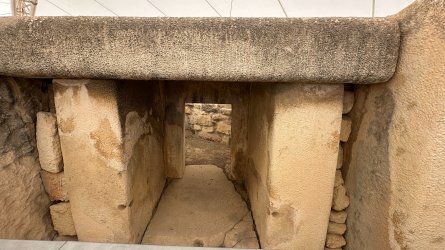
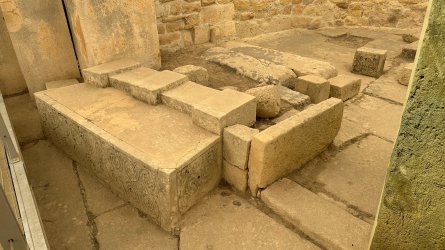
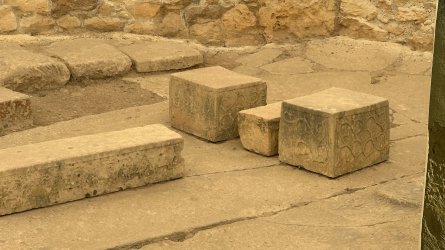
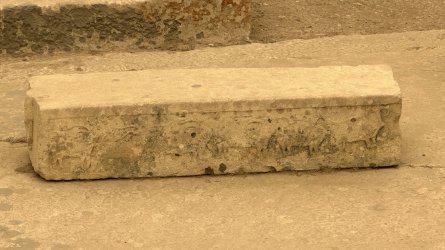
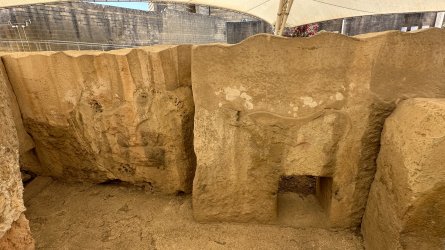
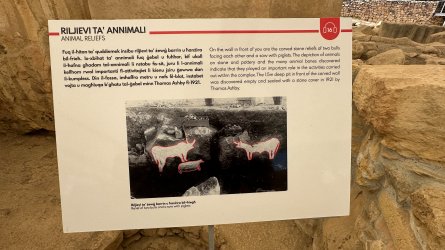
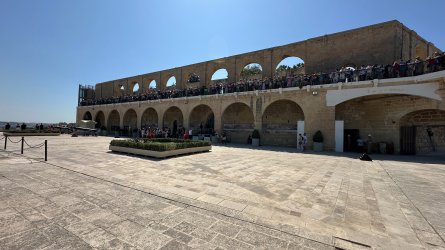
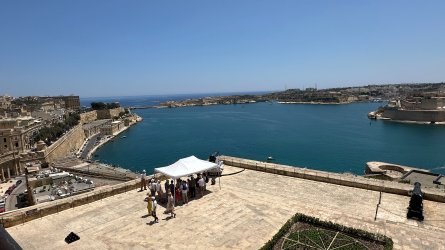
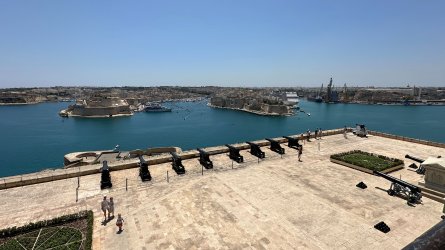
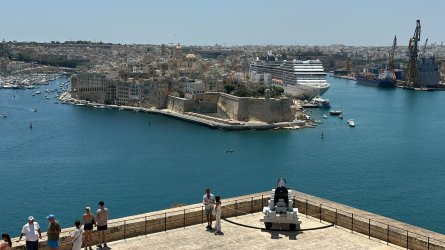
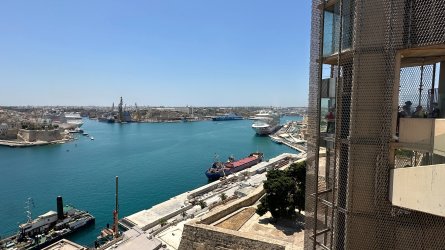
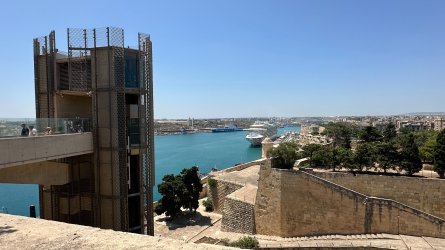
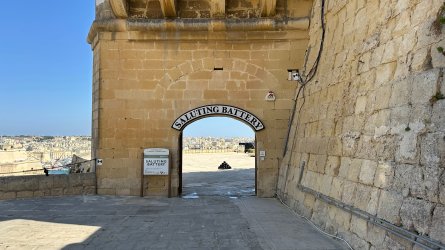
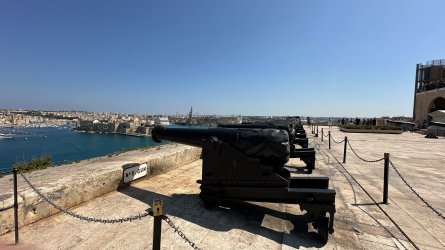



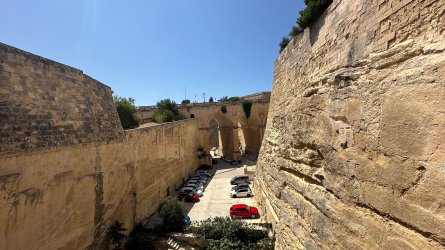
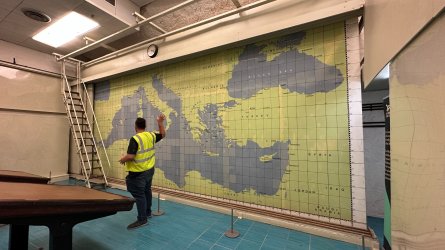
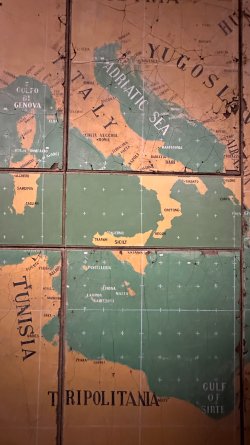
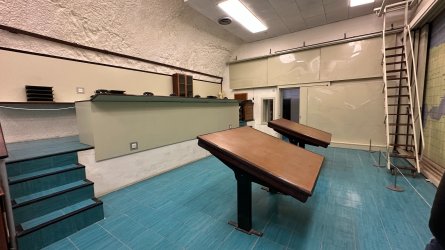
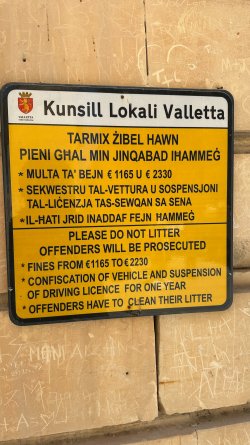
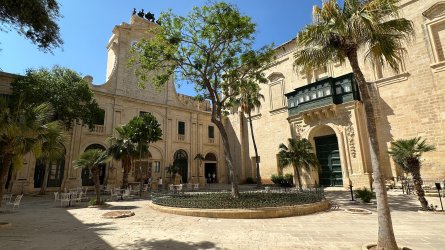
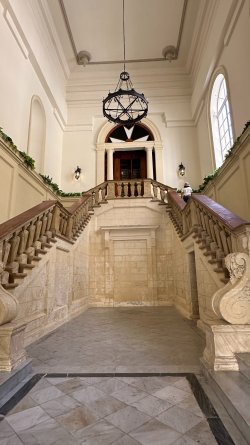
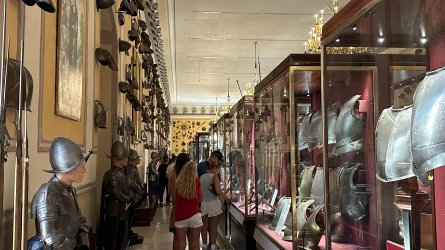


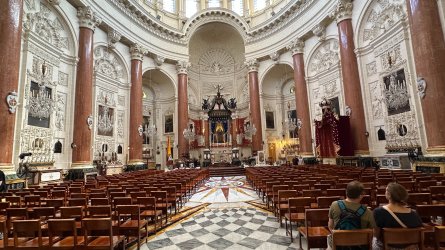
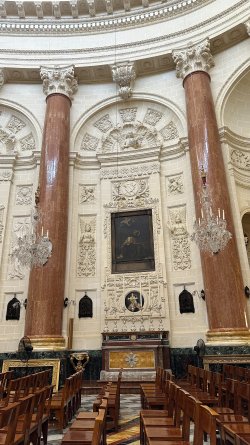
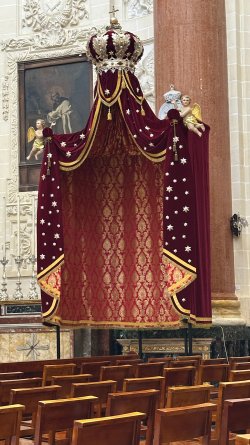
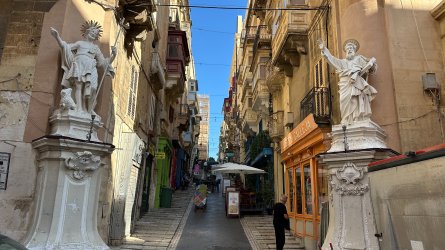
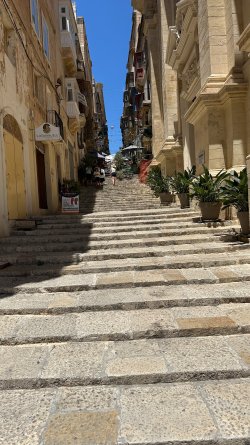






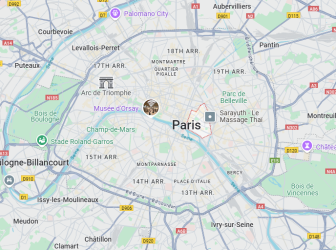
First documented in the 12th century and situated near the only bridges in Paris that crossed the Seine at that time, the Church of Saint-Jacques-de-la-Boucherie stood at the heart of the district known as the Grande Boucherie. This church was the burial place for notable parishioners, such as Nicolas Flamel, the famous Parisian bourgeois, who was interred there due to his considerable donations.
In 1509, the construction of a new bell tower in the flamboyant Gothic style began, funded by the powerful brotherhood of the butchers’ district. Completed in 1523 under the direction of the architect Jean de Felin, the tower features many characteristic elements of this style such as flying buttresses, gargoyles, and slender pinnacles.
However, the Revolution drastically alters the history of the building. The church became national property and was sold as a stone quarry in 1797, with the condition that its bell tower, the tallest on the right bank, be preserved. It wasn’t until 1836 that the City of Paris acquired the bell tower as part of a large urban development project to expand the city’s east-west axis.

